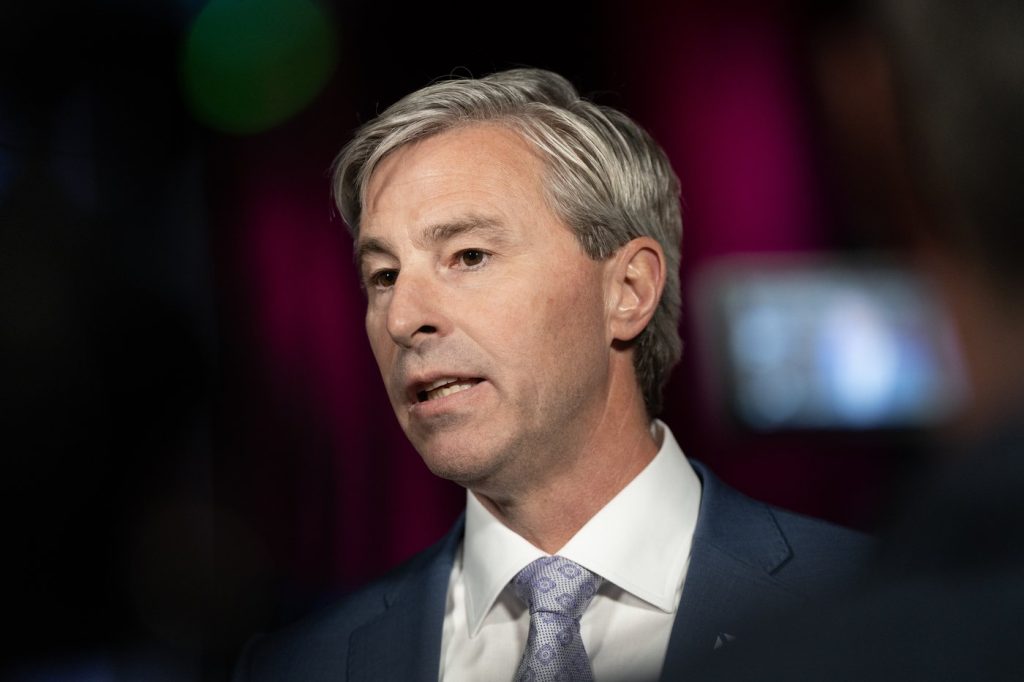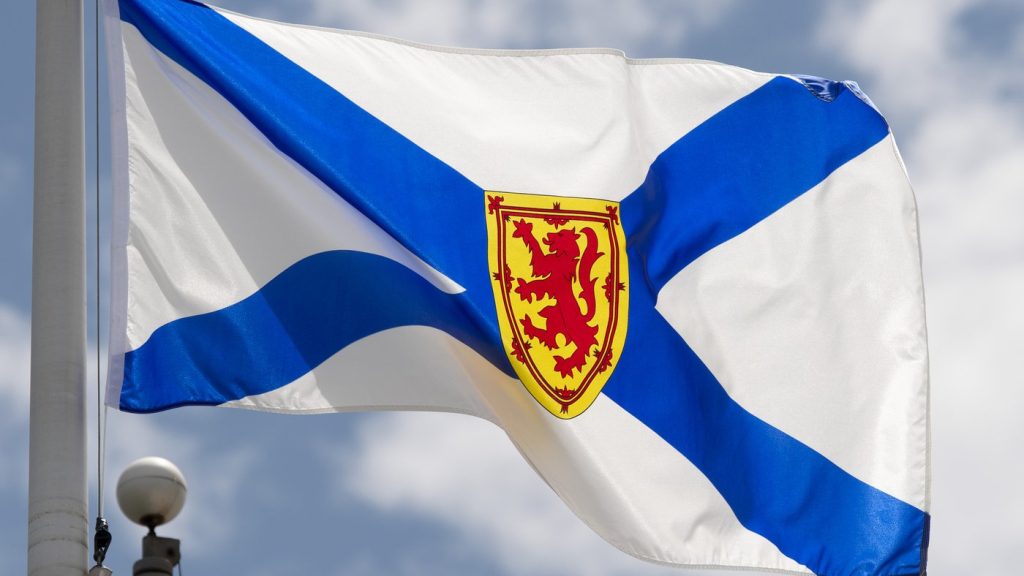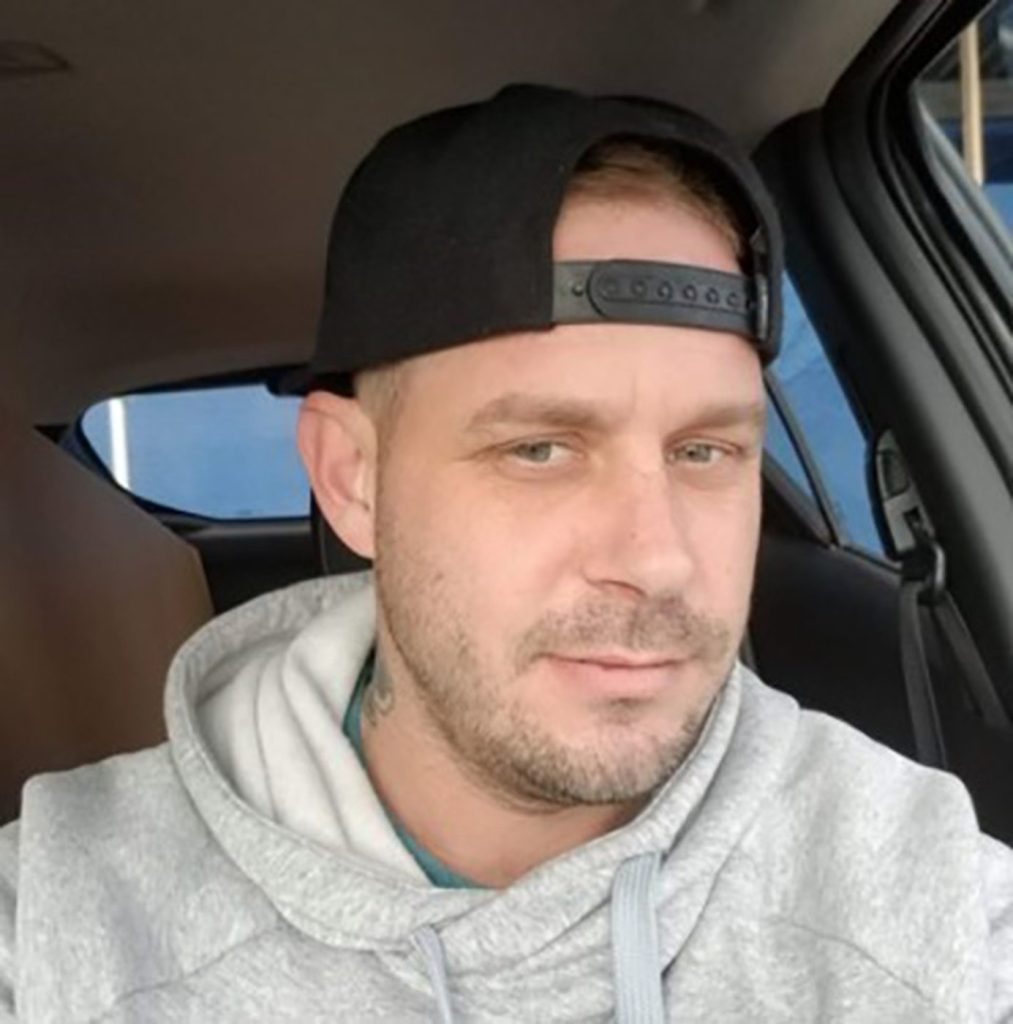Labrador community ‘in crisis,’ more help needed as COVID-19 spreads: organizer
Posted Jan 5, 2022 08:26:53 PM.
ST. JOHN’S, N.L. — A respected local organizer in Labrador’s northernmost town says her community has been thrown into crisis by an outbreak of COVID-19.
The health clinic in Nain, N.L., was understaffed before the pandemic started, with three nurses on staff when there should be six, Jenny Oliver said Wednesday in a phone interview from the community.
With one nurse isolating because of COVID-19, Oliver said there are two left scrambling to deal with a rise in demand for testing, a shortage of testing supplies, and a community of worried, confused and stressed residents — some of whom have tested positive for the disease.
“My fear is that the nurses that we currently have are going to burn out and leave, and we’ll be left with nobody,” said Oliver, a youth worker known for organizing community events.
“If our province or our regional health authority cannot help and support our community members, I don’t understand why they aren’t calling out for the army to come in and help, at least to give some respite to the nurses.”
Nain is Labrador’s northernmost community and has a population of about 1,100 people — the largest among the five towns in the Inuit region of Nunatsiavut. On Tuesday, the Nunatsiavut government said there were 15 confirmed cases of COVID-19 in Nain and three presumptive cases. It’s the first time Nain has reported COVID-19 cases since the start of the pandemic.
The Labrador-Grenfell Health Authority has not responded to a request sent Tuesday about the total number of health workers in Nain and how many are isolating.
Fifteen cases may not seem like a lot, but there are still many people waiting to be tested and many more are waiting for results, Oliver said. The community ran out of polymerase chain reaction testing kits shortly after COVID-19 exposures along the coast were first flagged on Dec. 26. That caused a huge backlog in testing, and some people waited more than a week to get swabbed, she added.
In late December, residents of Newfoundland and Labrador were allowed to maintain up to 20 close contacts. In a small, close community like Nain, those 20-person bubbles are going to overlap many times, and one infected person can unknowingly spread COVID-19 far and wide, Oliver said. The provincial government has since tightened rules, allowing households to maintain up to 10 contacts.
Health officials reported 479 new cases Wednesday. Of the 3,665 active reported infections in the province, 725 were in the Labrador-Grenfell Health region, which has the highest per capita rate of infection among the province’s health authorities. The health region also has a higher infection rate than Quebec, which leads the country.
The Sheshatshiu Innu First Nation said during a local briefing Wednesday there were almost 30 active cases in its central Labrador community, with many other people awaiting test results. Sheshatshiu is also home to just over 1,000 people, and the town is in lockdown.
Oliver said she wishes Nain would go into lockdown, too. “Our community is in crisis right now with regards to our health,” she said. “And I really want to advocate for help to come in.”
Lela Evans, the Independent member of the provincial legislature representing the Torngat Mountains district, which includes Labrador’s north coast, says she is worried about the spiking case counts in the region. She agrees it’s time to bring in extra help.
Evans says she worries people in Labrador are more likely to have severe symptoms and require hospitalization compared with the rest of the province, because the region has traditionally been underserved by the health-care system.
“People have gone through decades of poor health care,” Evans said in an interview Tuesday.
Premier Andrew Furey is a doctor and went to Happy Valley-Goose Bay earlier this week with a team of physicians to help administer vaccines. Both Evans and Oliver said they appreciate the gesture, but they wondered if it was the best way to help.
“I think we should have some help here in Nain,” Oliver said. “We should have the same access to additional services and support as anybody else in this province.”
This report by The Canadian Press was first published Jan. 5, 2022.
Sarah Smellie, The Canadian Press








